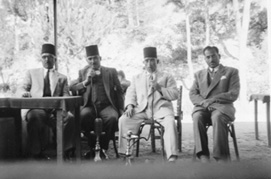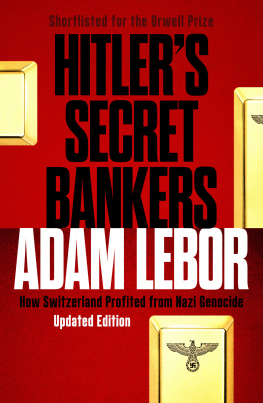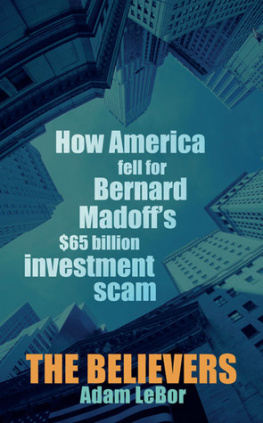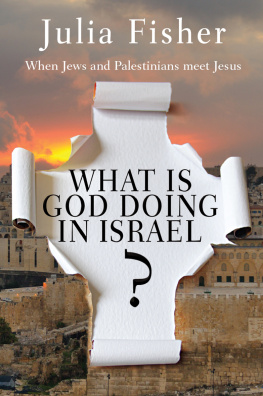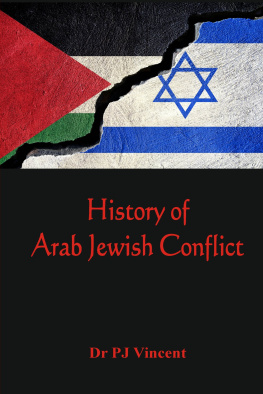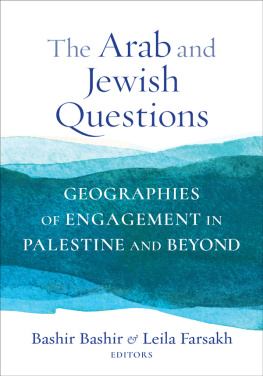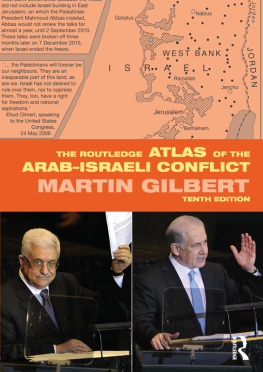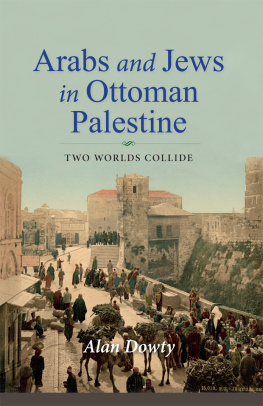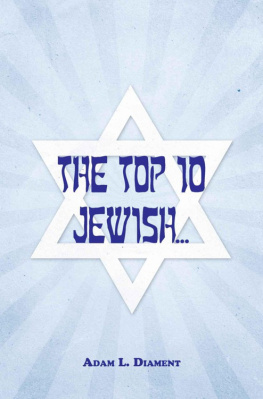Outstanding a clear-eyed study of one of the great cities of the eastern Mediterranean LeBor uses the recent fortunes of Jaffa as a magnifying lens through which to explore the entire knotted history of Israel and Palestine in the twentieth century an excellent and courageous book Mark Cocker, Guardian
The curious reader with no ideological axe to grind, but an interest in the people and their fate, could do no better than start here we need to listen to what they have to say about their own lives, and their own histories It is in the stories that the future lies, and Adam LeBor has magnificently, and sympathetically, told them Linda Grant, Independent
The extent of Adam LeBors research cannot be contested He delves into the layers of history and human experience that saturate his subjects LeBor is an unusually skilful collector of tales, an abundantly empathetic listener. Like a good saga, City of Oranges draws the reader in to know the fate of each of the families this is a rare opportunity to hear relatively unmediated voices from both sides Esther Solomon, Haaretz
In tracing the story of the bitter division of Israeli and Palestinian territories via some of the individual families who have lived in, or fled from, Jaffa since 1921, LeBor not only avoids academic dryness, but also manages to tell each of their stories without condemnation Rebecca Seal, Observer
Their stories are remarkable and typical of many involved in Jaffas turbulent century City of Oranges brings us something quite different: the sound of ordinary people trying to get on with their lives in the middle of interminable conflict Anthony Sattin, Sunday Times
LeBor chose the perfect location [he] also chose his characters wisely This book is for anyone who loves the Middle East, but also for those who do not yet know it LeBor succeeds in telling the story of ordinary people living in extraordinary times, and by doing that, tells us the painful story of Palestine itself Janine di Giovanni, Independent on Sunday
City of Oranges is one of only a few histories that attempt to incorporate the opposed narratives of ordinary Palestinians and Israelis Samir El-Youssef, New Statesman
LeBor does a wonderful job [he] is impeccably even-handed in his treatment of the two communities Victoria Clark, Tablet
This is an enjoyable and useful book for everyone browsing through the hitherto unknown pages of the life of Arab Jaffas society Eyad Abushakra, Asharq Alawsat
Extensively researched and each major episode is chronicled in vigorous detail powerful storytelling LeBors primary triumph is to recreate the city of Jaffa as it was around 1920, when it was a bustling cosmopolitan port home to a myriad of peoples and ideas Ruben Brosbe, Jerusalem Post
An astute and balanced history of the area with pictures of real people experiencing the consequences of decisions made LeBor brilliantly tells us how we got there David Aaronovitch, The Times
Beautifully written Its a far kinder and more human way into the migraine of Middle Eastern politics than most books. You can see the history slowly revealing itself in front of your eyes the overwhelming impression left by this fine book is one of sadness, of the lost world of Jaffa, gone, and never to be replaced John Sweeney, Literary Review
LeBors Jaffa comes alive his colourful protagonists move, marry, beget, build and break cross-faith trust and friendship. Some writers have a way with words, others an unerring nose for research. LeBor has both plus compassion for the sufferings on all sides LeBor leaves you moved Madeleine Kingsley, Jewish Chronicle
Engrossing LeBor uses the deeply moving experiences of individuals as a lens through which to explore the complex history of Israel and Palestine in the twentieth century Melissa McClements, Financial Times Summer Reads
Family anecdotes pepper their larger family histories and the vivacity LeBor affords makes the reader feel like they are sitting in a coffee shop with the allocated family historian, wandering through their memory LeBors aim was to make the conflict about the people involved, and by doing this he maintains a neutral voice while still raising political debate Jessica Salter, Leeds Student
Any journalist worth his salt knows that the best way to tell his story is through the eyes of a witness LeBor chose his human faces of Jaffa well compelling reading he simply records their often heroic struggles to live honest, decent lives, in a world that is falling apart around them Robin Marshall, Budapest Sun
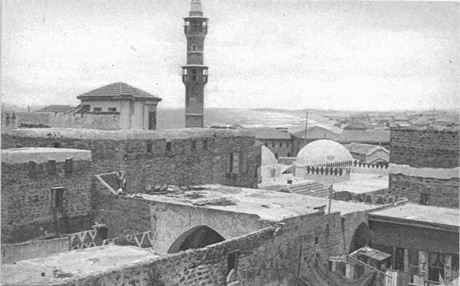
The port of Old Jaffa and the house of Simon the Tanner in 1921, where, according to the Christian scriptures, the apostle Peter stayed.
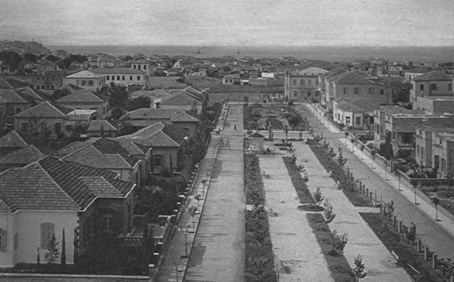
Founded in 1909 as a suburb of Jaffa, the new Jewish city of Tel Aviv was laid out on modern European lines with detached homes and gardens.
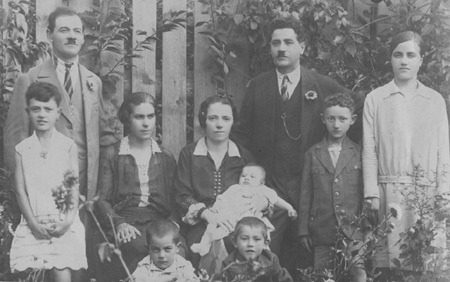
The Aharoni family in Pazardjik, Bulgaria, c. 1930. Yoram is centre right, sitting on the floor, in front of his mother Lea, who is holding his brother Haim. His father Shabat is standing behind, next to his brother Josef, and the Bulgarian maid. On the left are Yorams aunt, uncle and cousins.

Yoram Aharoni as a member of the Jewish youth group, Maccabi.

Hanneh Andraus, wife of Amin. Hanneh died tragically young, in 1945, at the age of thirty-seven. Amin never remarried.

The Andraus family socialising. Amin (third from right), together with his wife Hanneh and a group of friends. Jaffa boasted a rich social, sporting and intellectual life.
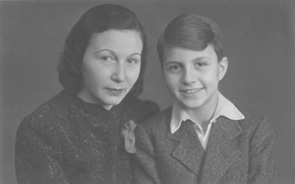
Frank Meisler with his mother Meta. The Meisler family enjoyed a comfortable middle-class lifestyle in the free port of Danzing.

Frank Meisler and his father Misha, who came from Warsaw.
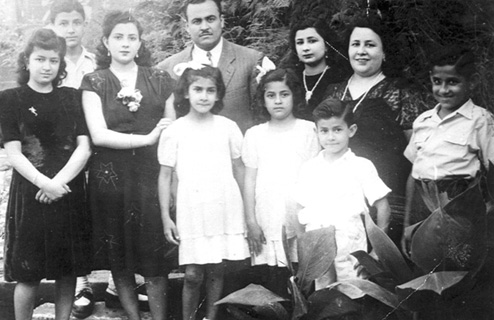
The Hammami family in 1947: (from left to right, back row) Fatmeh, Hasan, Faizeh and her husband Mamdouh, Nahida, Nafise, wife of Ahmad, the head of the family (not in the picture), and Hussein; (front row) the twins Laila and Fadwa and Mustafa.
